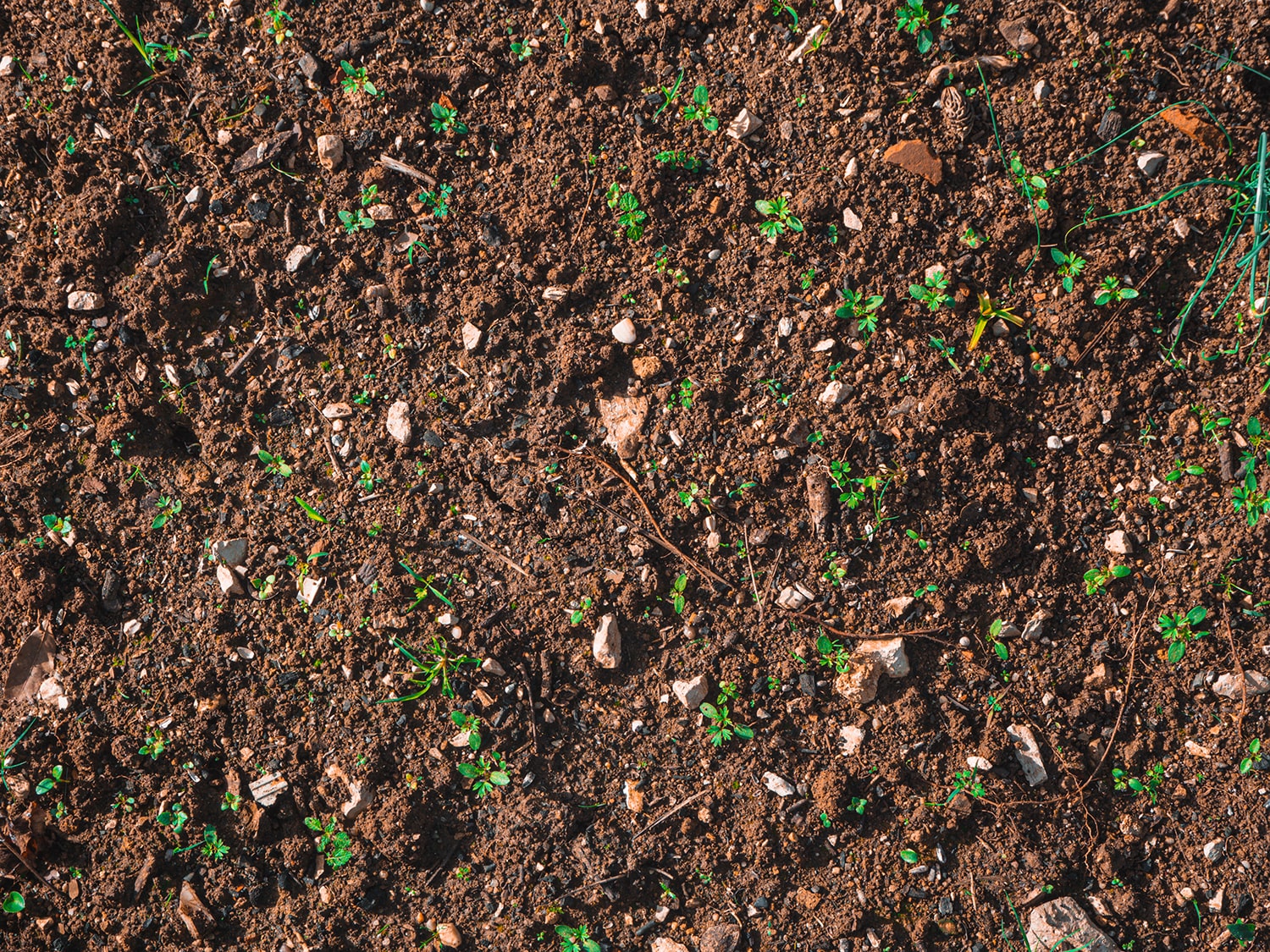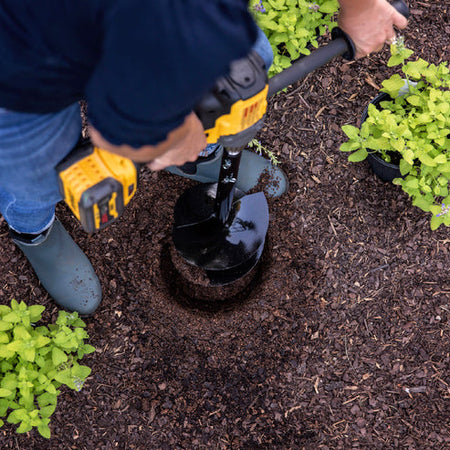Did you know that your breast density is a risk factor for developing breast cancer?
Unfortunately, performing a monthly breast self-exam (to check for lumps, thickening, or any hardened knots) is not going to help you discover your breast density. You have to get a mammogram or read your recent mammogram report.
In honor of pink October, let’s learn a little more about breast density.

How to find out if you have dense breasts
A radiologist uses a mammogram to determine the ratio of fatty to dense tissue in your breasts, ultimately assigning you one of the below levels of breast density:
-
Type A (“Fatty”)
- Composed almost entirely of fatty tissue
- Affects about one in 10 women
-
Type B (“Scattered Fibroglandular Density”)
- Primarily fatty with scattered areas of dense tissue
- Affects about four in 10 women
-
Type C (“Heterogeneously Dense”)
-
Predominantly dense with some areas of fatty tissue
-
Affects about four in 10 women
-
-
Type D (Extremely Dense”)
-
Composed almost entirely of dense, non-fatty tissue
-
Affects about one in 10 women
-
Dense tissue appears white and cloudy on mammograms while fatty tissue is dark. Unfortunately, cancer also appears white on a mammogram, which is why they miss more than 50% of cancers in dense breasts. In addition, women with Category D breasts are four to six times more likely to get breast cancer than women with Category A breasts.
What to do if you have dense breasts
Though it’s unclear why some women have more dense breast tissue than others, it’s less likely if you are older (breast tissue gets fattier with age) or obese (women with more body fat often have fattier breast tissue).
If your mammogram indicates your breasts are particularly dense (Type C or D), you should consider additional screening tests after your 2D or 3D mammogram like these:
- Molecular Breast Imaging (MBI) — Uses a radioactive tracer injected into the arm and a special camera to help identify cancer. Areas “light up” if cancer is detected, since cancerous cells absorb more of the radioactive substance than benign ones.
- Automated Breast Ultrasound (ABUS) — High-frequency sound waves produce 3D pictures of your breasts.
- Handheld Ultrasounds — Handheld probes, operated by a skilled operator, scan breasts to produce ultrasound images. This method poses no radiation risk.
- Magnetic Resonance Imaging (MRI) — Radio waves, magnets, and, sometimes, an injected contrast agent produce pictures of the inside of your breasts with no radiation.
Why breast cancer awareness campaigns matter to us

At Power Planter, we know the importance of early breast cancer detection.
Because of breast density, our friend Heidi was diagnosed with stage IV metastatic breast cancer weeks before her 50th birthday. Like many people, she didn’t know breast density makes it more difficult to detect breast cancer on mammograms. (Mammograms will miss more than 50% of cancers in dense breasts.)
After her diagnosis, Heidi discovered and became inspired by the nonprofit My Density Matters. Through their ongoing breast cancer awareness campaign, Heidi and this powerful organization vow to “empower women to find out their breast density, learn their screening options, and insist on essential additional screening.”
Heidi shares her breast density experience with everyone she meets, including friends, family, and colleagues, which is how our owner, Greg Niewold, became familiar with her story. (Greg sat on the board of directors for a grain elevator company where Heidi worked as a comptroller.) Greg was so moved that he collaborated with her on Heidi’s Hope Box, which includes a pink bulb and bedding plant auger, 10 pink tulip bulbs, and breast density and breast cancer screening information.
Heidi is our hero, and we stand with her — and all those fighting this terrible disease — during pink October. Like Heidi, our mission is clear: to raise awareness and spread hope.
To increase the chances of early detection (especially if you’re over the age of 40), schedule your mammogram to learn your breast density. If you have dense tissue, advocate for yourself to get the additional screening you need to find breast cancer early while it’s still curable.Your density and health matter.
Visit My Density Matters to find out your breast density and additional steps you can take to advocate for yourself.







